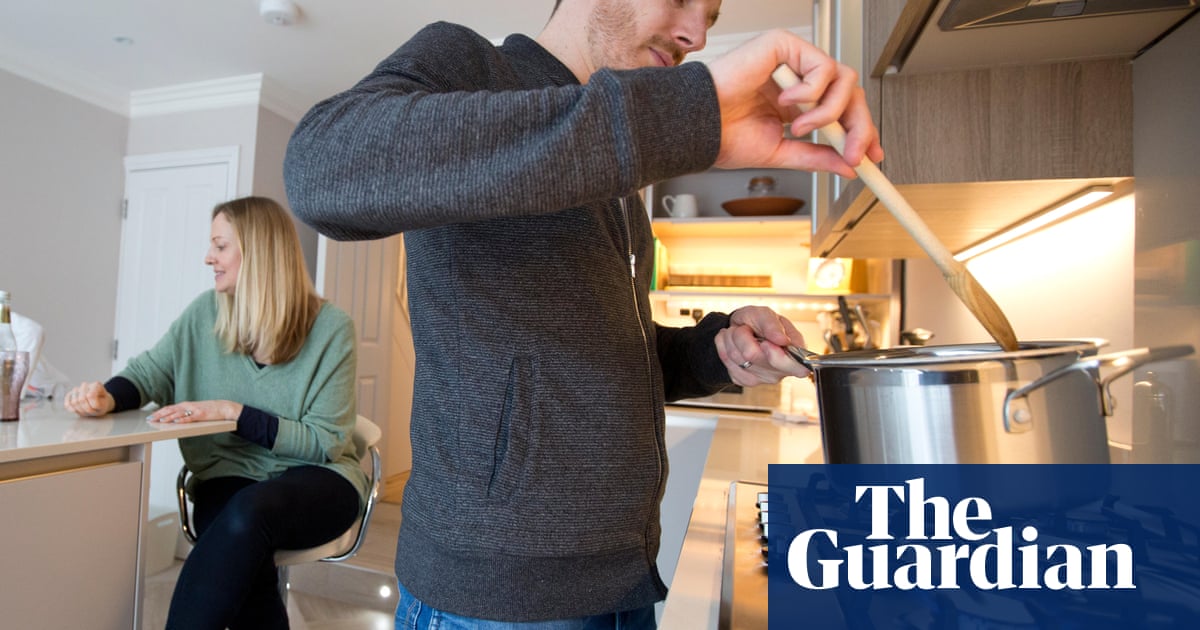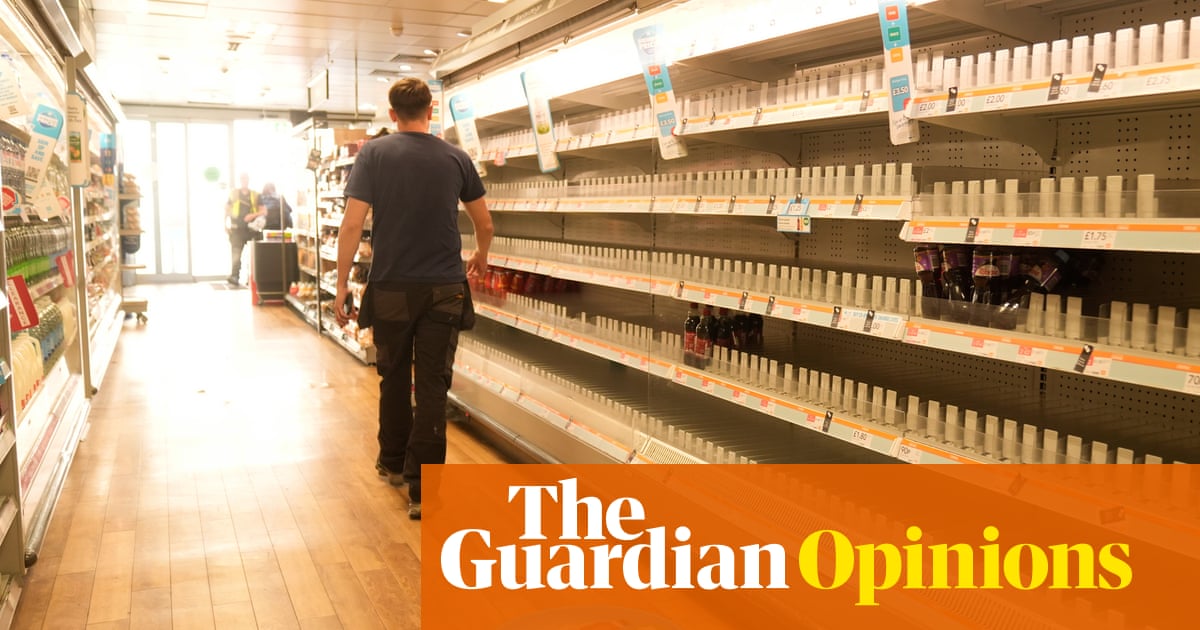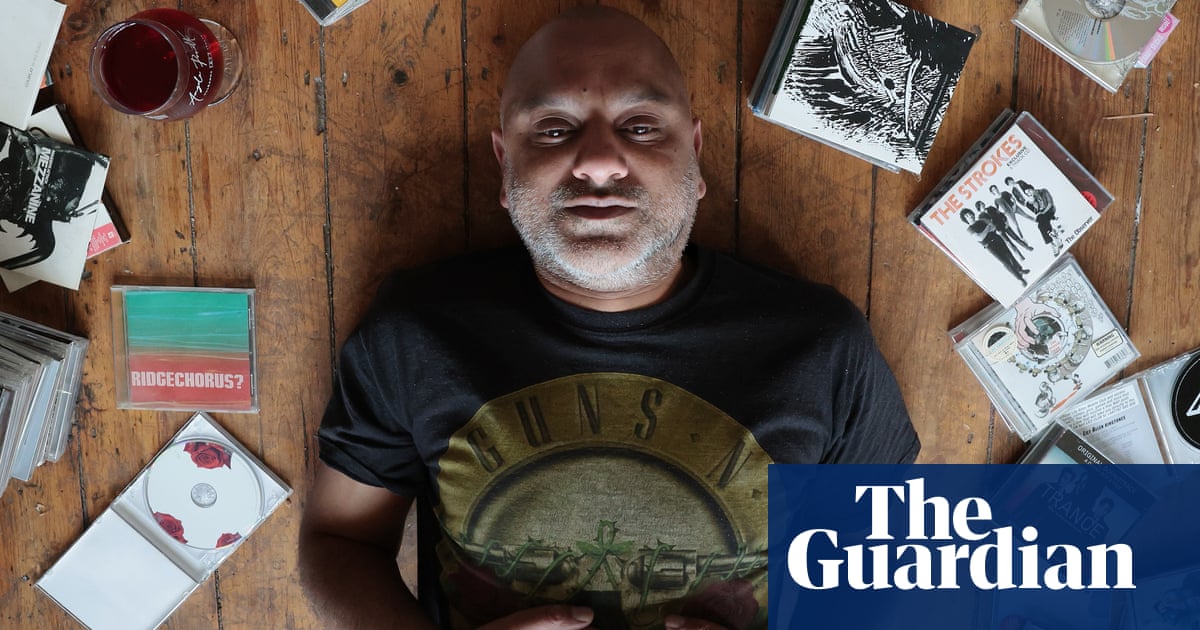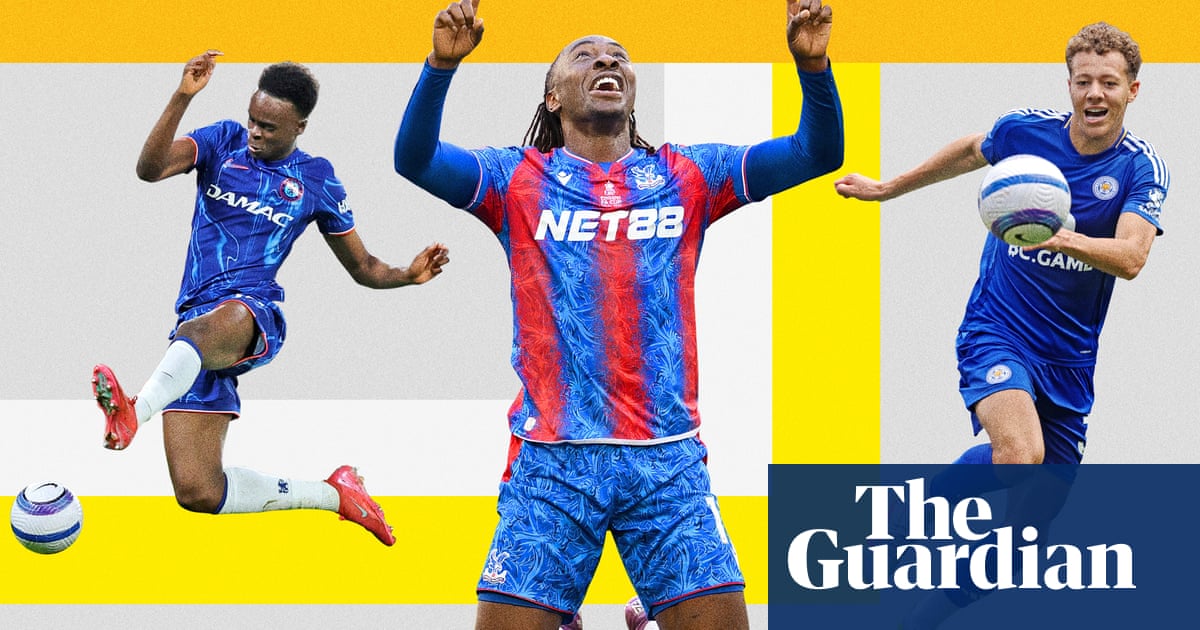You see it all the time these days. Players with their hands over their mouths at the end of matches, masking even the most banal of pleasantries from prying eyes. Not wanting to say anything that could be reported. Not wanting to let anyone in.
A generation or two ago, writers such as Gay Talese would hang out with global stars such as Floyd Patterson and hear the former heavyweight champion call himself a coward, describe how it felt to be knocked out, and even accompany him to his daughter’s school to see him confront the bullies who kept lifting up her skirt. And that all happened on the same day.
In the modern era, though, few dare risk saying anything, let alone to bare their souls. You can understand their thinking: in a world where abuse on social media has become normalised, why open yourself up further?
Even so, it felt refreshing recently to see one of the NBA’s biggest stars, Tyrese Haliburton, lift the lid on how it feels when your form deserts you and life turns angsty and dark. “I was struggling to look at myself in the mirror,” Haliburton told the Athletic. “I’m struggling to show up to work and get to the gym. I’m trying to avoid coming to work.”
It wasn’t just that Haliburton had been one of the 12 NBA stars picked for the US Olympic team in Paris last summer, only to barely play after aggravating a hamstring injury. He then also started the NBA season averaging fewer than 15 points in his first nine games. “I was really trying to run away from what was going on and I think that point was for me to be like: ‘Yo, I don’t feel like myself. I don’t feel all right,’” he said. “‘This shit, it’s bad.’ ”
Reading abusive messages on social media, which in the past had fired Haliburton up, only made his anxiety levels worse. “I think that I just got consumed with the negativity of people talking shit,” he revealed.
Haliburton is not everyone’s favourite player. But his confessional not only made him more relatable, it also shone a rare light on what may lie behind the ups and downs players go through over a season. Further insights also came this month with a study that investigated “the frequencies, trajectories and stability of depressive and anxiety symptoms over the course of a competitive season” at the Bundesliga club Hoffenheim.
That involved researchers speaking to 204 players, ranging from men’s and women’s first-team players to the boy’s under-12 squad, multiple times during the 2022-23 season to get deeper insights into how symptoms can change over time. The first finding? During the 10 months of the season, several players reported experiencing depressive (12.7%) and anxiety symptoms (15.6%), exceeding clinical thresholds at least once. That, in other words, could be two or three players on average in a squad.
The research team, led by the former player Lina Burger, who is now a psychologist at the club, also found that levels of depression – characterised by a persistently low mood and the loss of pleasure and interest for a period of at least 14 days – were lowest in preseason “after which symptoms increased and remained relatively stable at a higher level throughout the season. Overall, the linear increase in depressive symptoms suggests a draining effect of a soccer season on the psychological health of players.” Again, that is not a huge surprise. But, as the researchers point out, it is something that clubs can do better to understand and prepare for.
What about anxiety levels among players? Well, they tended to be stable until the winter break but then went up. That, researchers speculated, was probably due to matches mattering more towards the end of the season as well as players fearing they might be transferred out or let go.
after newsletter promotion

Another interesting finding? Female players reported higher depression scores than male participants. Part of that might be because female football in Germany generally has lower levels of professionalism, with many players also having to work during the week to make ends meet while getting less psychological support.
However, the researchers also note other studies have found that women in elite sport do suffer more from depression and anxiety. One large study among high-level French athletes in 2011, for instance, found 20.2% of women had at least one psychopathology, against 15.1% in men.
Ultimately, the study found that footballers experience mental health disorders at rates comparable with the rest of the population. However, the researchers also note: “The common external observation that they appear ‘mentally strong’, for example, when calmly scoring a penalty-kick goal, should not be equated with psychological health.”
The researchers noted, too, that playing in team sports seems to have a preventive effect. Intriguingly, professional athletes in team ball sports have a significantly lower prevalence (8.1%) of depressive disorders compared with those in aesthetic and target sports (16% of athletes). Yet the lowest levels, intriguingly, are among athletes doing high-risk sports (about 3%).
As for Haliburton? Well since struggling earlier in the season, he has turned things around. And on Thursday his Indiana Pacers team open their Eastern Conference final against the New York Knicks with a legitimate shot of making the NBA finals. Perhaps there is a message in there somewhere. Opening up is not necessarily a bad thing.

.png) 2 hours ago
6
2 hours ago
6

















































